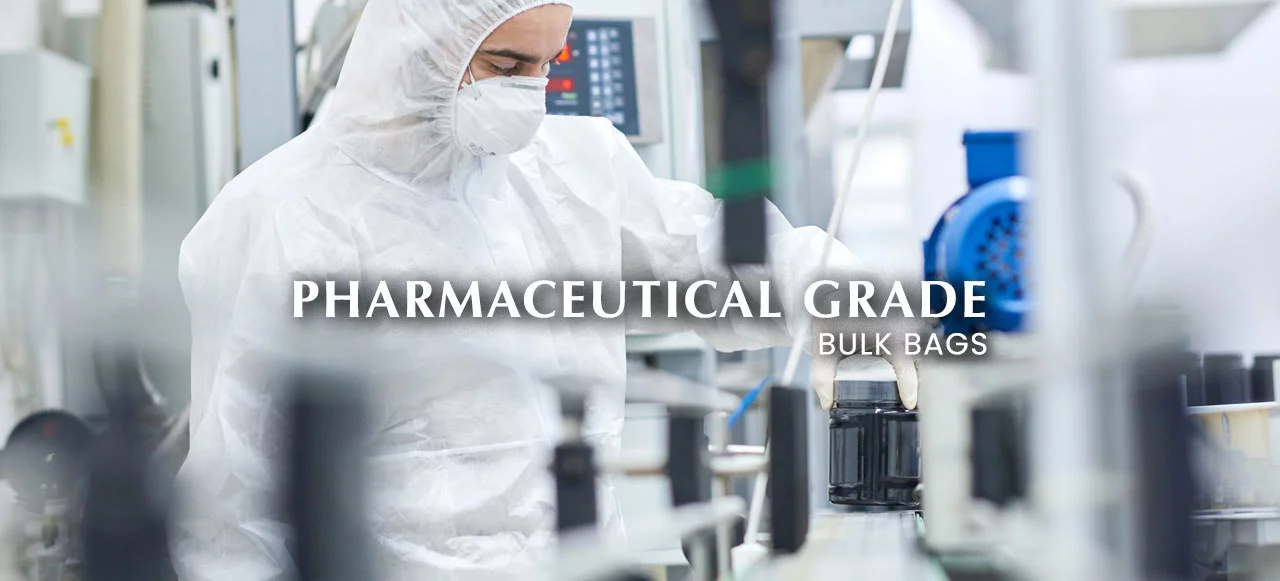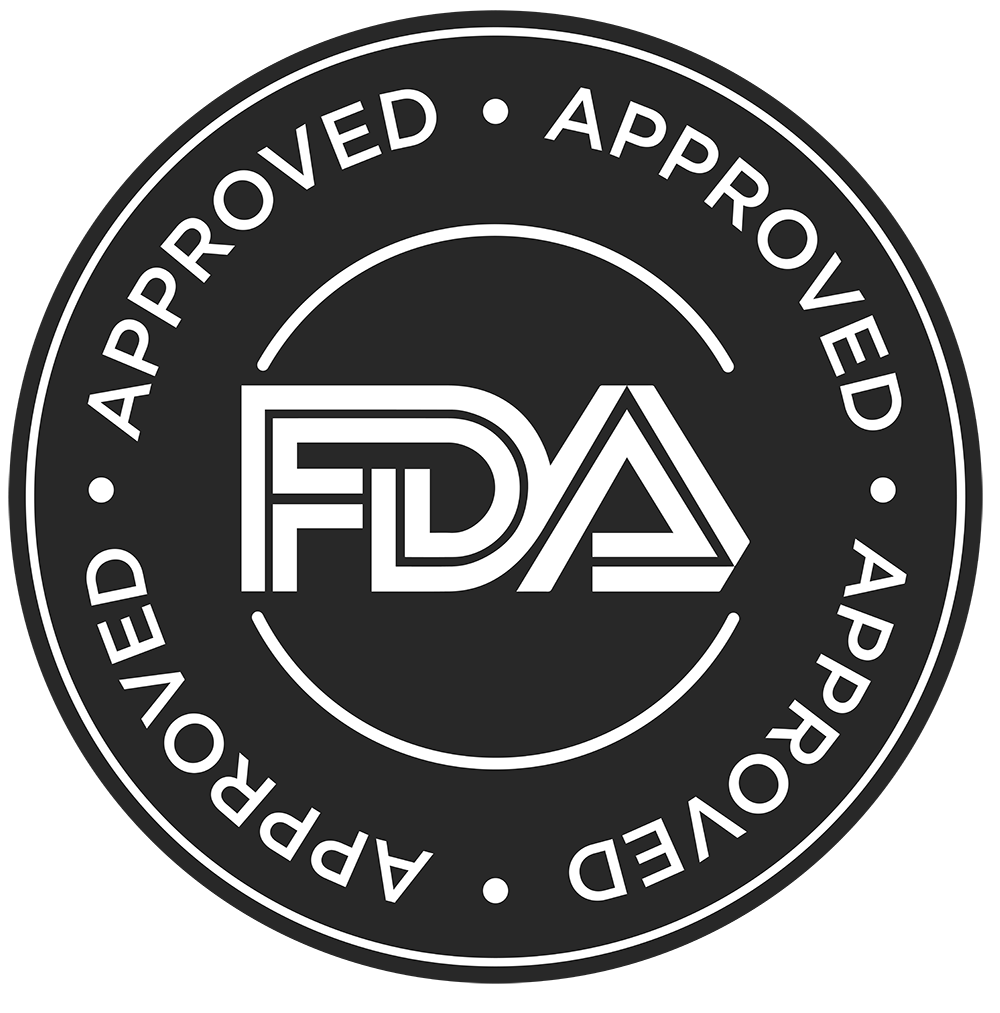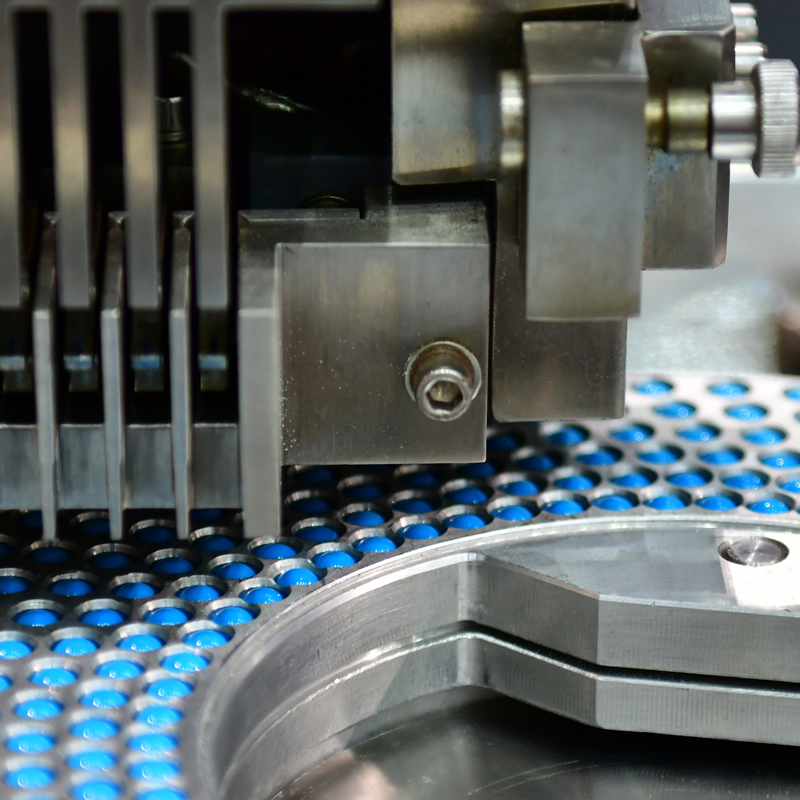What Does Pharmaceutical Grade Mean? Our Definition

When you hear the phrase “pharmaceutical grade,” you likely think of something a doctor might prescribe. However, that’s only part of the definition. Pharmaceutical grade is defined by the FDA, but it’s actually a bit more nuanced than that. Many factors go into determining whether a product can carry the pharmaceutical label.
But, what does pharmaceutical grade mean, really?
This article will lay out everything you need to understand what pharmaceutical grade products are.
However, in short, any drug or component of a drug that’s approved by the United States Food and Drug Administration (FDA) or the United States Pharmacopeia (USP) is considered pharmaceutical grade. This includes active ingredients as well as inactive ingredients, such as water, along with packaging materials.
What Does Pharmaceutical Grade Mean? Our Pharmaceutical Grade Definition

So, what does it mean to be pharmaceutical grade? A pharmaceutical grade product is a substance that the FDA has approved for human or animal consumption that meets stringent purity standards. Chemicals and compounds that meet these standards allow manufacturers to create drugs with consistent quality, effectiveness, and purity.
The FDA regulates all food and drug products produced in the US, both prescription and over-the-counter. Pharmaceutical products consist of drugs and the chemical components companies use to manufacture their drugs. Non-pharmaceutical grade products aren’t approved by the FDA because they don’t meet the FDA’s quality control standards.
Other countries have similar standards, but the FDA only regulates US manufacturers. That said, the FDA can and will ban products they consider unsafe produced in another country, regardless of that country’s protocols.
The FDA’s Office of Pharmaceutical Quality is the office that labels drugs as pharmaceutical or non-pharmaceutical grade. The OPQ’s goal is to boost pharmaceutical quality globally to ensure everyone has the best version of a drug. They do so by putting all drugs through rigorous testing and inspections to ensure they meet the FDA’s high standards.
What Is a Pharmaceutical Grade Vitamin?
Pharmaceutical grade vitamins meet the FDA’s strict purity standards for pharmaceutical supplements. There shouldn’t be any binders, additives, dyes, or other filler ingredients that’ll limit the vitamin’s purity. As a result, vitamins that carry the pharmaceutical grade label are high-quality and consistent.
Vitamin supplements are a crucial part of many people’s daily regime. They help restore much-needed vitamin and mineral deficiencies for many people, allowing them to lead a healthier life. Unfortunately, not all vitamins are created equal. You should always look for FDA-approved pharmaceutical grade vitamins and supplements for the best results.
And What Is Pharmaceutical Grade Water?
Pharmaceutical grade water is a common ingredient in many drugs, vitamins, and other products. However, for water to be classified as pharmaceutical grade, it has to meet specific quality control standards.
The FDA breaks water down into eight categories:
- Non-potable
- Potable (drinkable)
- US Pharmacopeia (USP) Purified
- USP water for injection (WFI)
- USP sterile water for injection
- LUSP sterile water for inhalation
- USP bacteriostatic water for injection
- USP sterile water for irrigation
All USP/LUSP waters are considered safe for pharmaceutical use. These waters are used as ingredients in drugs, which requires them to meet much stricter standards than standard drinking water.
Is Pharmaceutical Grade Good?
When it comes to drugs, vitamins, and chemical components, pharmaceutical grade is the gold standard. So when the FDA labels a product pharmaceutical grade, you can feel confident knowing it’s safe and does what it’s supposed to.
But why else is pharmaceutical grade good? What leads the FDA to apply such a high standard to some products and not others?
Pharmaceutical Grade Ensures Purity
For one, pharmaceutical grade ingredients ensure purity. Conversely, non-pharmaceutical grade products can contain excess fillers, chemicals, dyes, and other additives that lessen that product’s purity. Many companies use fillers to stretch their budgets. However, that leads to a less-effective product for the consumer.
Pharmaceutical Grade Ensures Consistency
The pharmaceutical grade label also guarantees consistency. When drugs aren’t rated by the FDA or are simply rated as food grade, there’s no guarantee the product you purchase today will have the same drug concentration as the product you buy next month.
Pharmaceutical Grade Protects Every Aspect of a Product
Finally, pharmaceutical grade labeling applies to every aspect of a product, from its ingredients to its packaging. Pharmaceutical grade bags prevent contamination during the transport, storage, and manufacture of drugs or drug components. They keep the product safe from start to finish by preventing moisture, bacteria, or other contaminants from mixing with the ingredients. They also prevent static and electric shocks that could damage the ingredients and render them ineffective.
Is Pharmaceutical Grade the Same As Medical Grade?
When looking for ingredients, packaging, or other pharmaceutical products, you’ll likely come across the term “medical grade.” Although you might question whether the two terms are interchangeable, there’s no need.
Medical grade and pharmaceutical grade mean the same thing. The main difference is that the FDA only uses the term “pharmaceutical grade.” In contrast, manufacturers will use the two terms interchangeably. This is because anything labeled “medical grade” was developed using the same quality control guidelines companies follow to create pharmaceutical grade products.
Food Grade vs. Pharmaceutical Grade
Another term you’ll come across when finding ingredients and packaging is food grade. Food grade products are considered safe for human or animal consumption, or are Generally Recognized As Safe (GRAS) by the FDA. However, two critical differences between food grade vs. pharmaceutical grade are the purity and quality control standards.
Purity Standards
Pharmaceutical grade products follow strict purity standards. However, food-grade products don’t have to follow those same guidelines. Instead, they simply need to be generally recognized as safe for humans to consume. So, for example, certain plastics might be considered GRAS for humans, but aren’t as effective as pharmaceutical-grade plastics that prevent contamination or damage.
Cost
Another difference you as a consumer will see between food grade and pharmaceutical grade products is cost. Food grade products are typically much cheaper than pharmaceutical grade products. The lower cost is, of course, due to the higher concentrations required to meet the strict USP standards of pharmaceutical grade. However, the added cost also ensures your product is more effective than less expensive products that don’t adhere to the same strict standards.
Ensure You Ship and Store Your Pharmaceutical Grades Correctly
Pharmaceutical grade ingredients are essential to an effective product. However, you’ll easily compromise that effectiveness if you don’t package, ship, and store your ingredients correctly. Using the proper packaging, such as pharmaceutical bulk bags, will ensure your products maintain their quality from start to finish.
The only way to maintain pharmaceutical grade quality is by shipping pharmaceuticals and all related components in Flexible Intermediate Bulk Containers (FIBCs). These containers are made of materials that can keep your ingredients safe and free from contamination.
Key Takeaways on Pharma Grade
Pharmaceutical grade product manufacturers adhere to strict protocol and use good manufacturing practices to ensure the best product. All components and ingredients will meet the uncompromising quality and purity protocol set forth by the FDA and USP. These standards guarantee the product you receive is safe, effective, and pure. Most importantly, you can feel confident knowing the ingredients in your drugs are safe from contamination from development to shipping.









